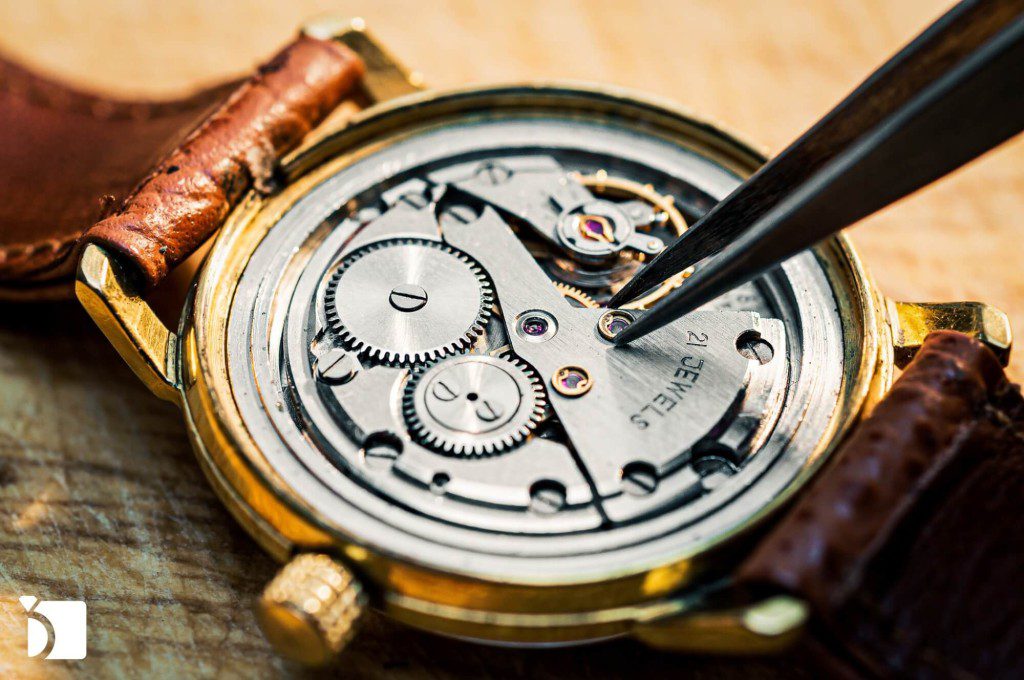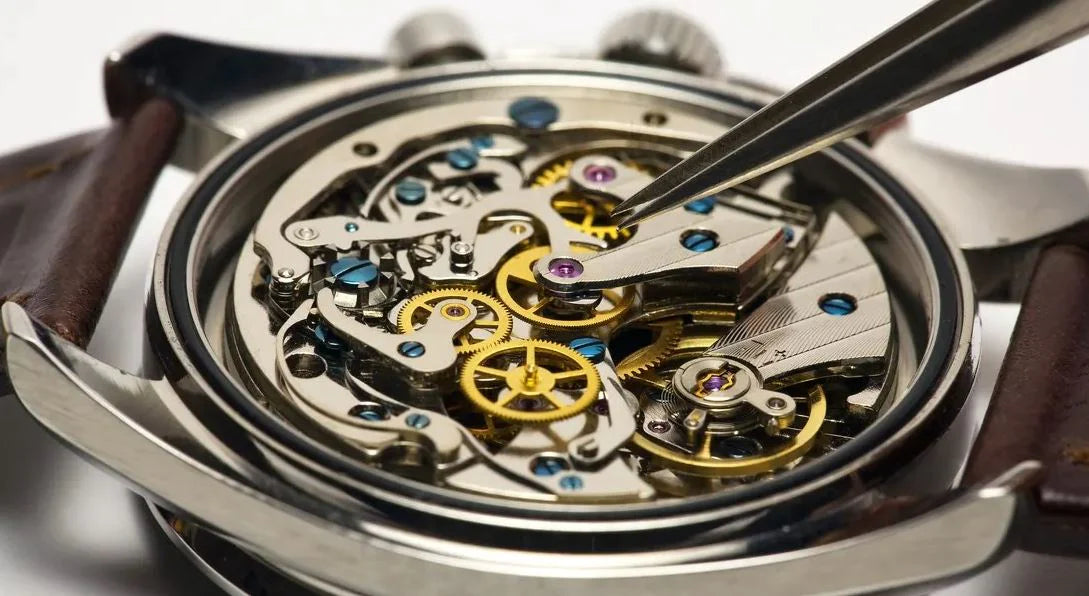Introduction
Watches have been an integral part of human civilization for centuries, evolving from simple time-telling devices to sophisticated, accurate timekeeping companions. One of the key elements that define a watch’s functionality is its movement, often referred to as the “heart” of the timepiece. In this comprehensive guide, we will delve into the world of watch movements, exploring their history, types, and the intricate mechanisms that power these horological wonders.
1. The Evolution of Watch Movements
The concept of measuring time mechanically dates back to ancient civilizations. From the sundials of ancient Egypt to the water clocks of ancient China, humans have always sought ways to gauge the passage of time. However, the true revolution in watchmaking occurred during the 16th century when the first mechanical watch movements were crafted in Europe.
The early watch movements, known as verge escapements, were simple yet groundbreaking. As technology progressed, watchmakers began experimenting with various mechanisms, giving rise to new movement types like the cylinder, lever, and chronograph movements during the 18th and 19th centuries.
2. The Anatomy of a Watch Movement
A watch movement is a complex assembly of delicate components that work in harmony to keep accurate time. Understanding its anatomy is crucial to grasp the beauty and complexity of watchmaking. The main parts of a mechanical watch movement include:
a. Escapement Mechanism
The escapement is the heart of a mechanical watch movement. It transfers energy from the mainspring to the gears and regulates the release of energy to create controlled and precise timekeeping.
b. Gear Train
The gear train transmits energy from the mainspring to the balance wheel. It consists of a series of gears with different sizes that regulate the speed and movement of the hands.
c. Balance Wheel
The balance wheel oscillates back and forth, allowing the gear train to advance in measured increments. It is a critical component responsible for the watch’s accuracy.
d. Mainspring
The mainspring is the source of energy in a mechanical watch. It is a coiled wire that stores potential energy when wound and gradually releases it to power the movement.
e. Jewels
To reduce friction and wear, certain components of the movement, such as the pallet fork, escape wheel, and balance staff, are equipped with synthetic jewels.
3. Types of Watch Movements
Over time, watchmakers have developed various types of movements, each with its distinct characteristics and advantages:
a. Mechanical Movements
Mechanical movements rely on intricate gears and springs, offering a traditional, handcrafted feel. While they require regular winding, their craftsmanship and precision are admired by connoisseurs.
b. Automatic Movements
Automatic movements, also known as self-winding movements, eliminate the need for manual winding. They feature a rotor that moves with the natural motion of the wearer’s arm, winding the mainspring automatically.
c. Quartz Movements
Quartz movements use a battery to power a quartz crystal oscillator, which vibrates at a precise frequency. These movements are highly accurate and affordable, making them popular in the mass market.
4. Choosing the Right Watch Movement
Selecting the ideal watch movement depends on individual preferences and requirements. Collectors often gravitate toward mechanical movements for their craftsmanship and heritage. On the other hand, those seeking practicality and accuracy might opt for quartz or automatic movements.
5. Maintaining Your Watch Movement
Proper maintenance is crucial to ensure the longevity and accuracy of your timepiece. Regular servicing by a skilled watchmaker and keeping the watch away from extreme conditions can significantly extend its lifespan.
Conclusion
Watch movements represent the pinnacle of human ingenuity and engineering. From the ancient origins of timekeeping to the precise, modern mechanisms, these horological wonders continue to captivate us. Whether you appreciate the craftsmanship of mechanical movements or the efficiency of quartz, the choice of watch movement remains a personal reflection of style and taste.



